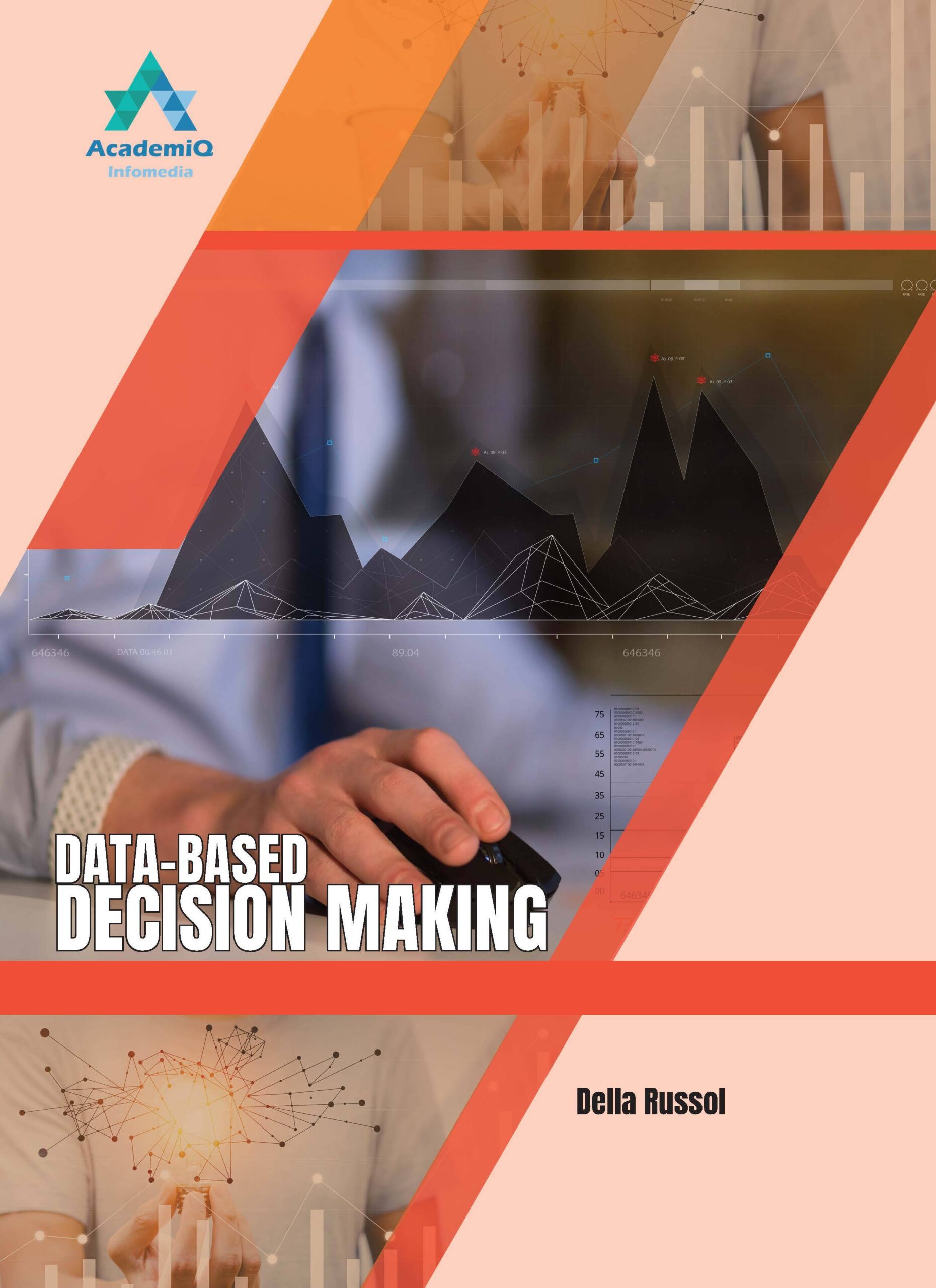Business Intelligence and Data Mining
$179.99
ISBN: 9781645341789
Binding: Hardcover
Year: 2025
Pages: 152
Author: Katriona Virtanen
Book Size: A4 (8.9 X 12.3)
Data analysis and data-driven decision-making are hot topics these days. Big data has become a common term. Various types of data are generated by businesses, social media, machines, and more. Organisations have the following options:
You can be buried in an avalanche of data, or you can do something with your data to gain a competitive advantage. A new field of data science has emerged and data scientist has been called the sexiest job of his decade. Students from a variety of academic disciplines, such as business administration, computer science, statistics, and engineering, are fascinated by the idea of discovering new insights and ideas from data.
This is a brief and clear book proposal on the subject as a whole. Designed to give the student the intuition behind this evolving field, along with a solid toolset of the most important data mining techniques and platforms, all within her semester or quarter course.
The importance of data mining in business is that it is used to transform raw data into meaningful, consumable and actionable insights. Data engineers use software to find patterns that help them analyse their consumers. Compare datasets to identify relevant metrics that influence revenue lines and track strategy, sales improvement actions, and marketing campaign optimization.
Data mining is often confused and used interchangeably with data analysis and business intelligence due to overlapping topics among data manipulations. But each term is different from each other.
Data mining refers to the process of extracting information from large datasets and data analysis is the process used to find patterns in the extracted information. Data analysis includes phases such as data exploration, cleaning, transformation, and modelling.
The goal of this book is to find information, draw conclusions, and act on them.
Table of Contents
Only logged in customers who have purchased this product may leave a review.












Reviews
There are no reviews yet.